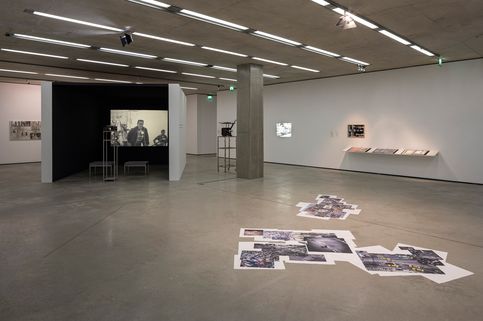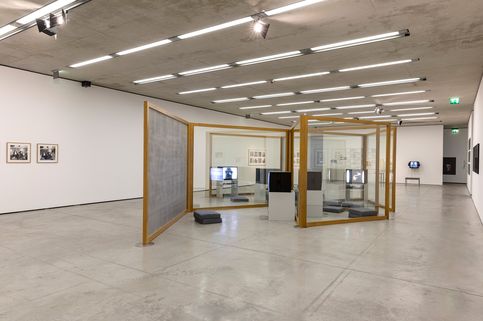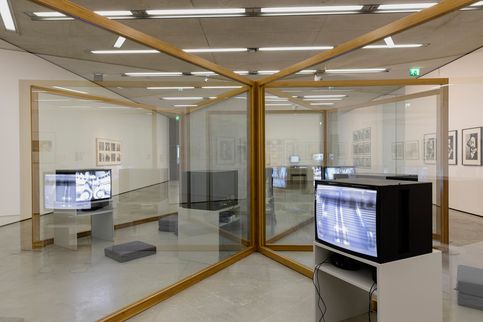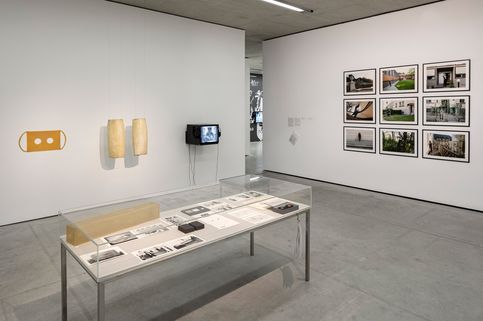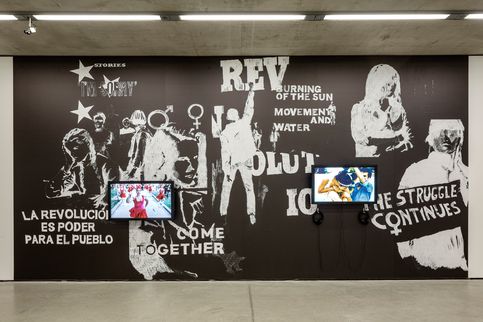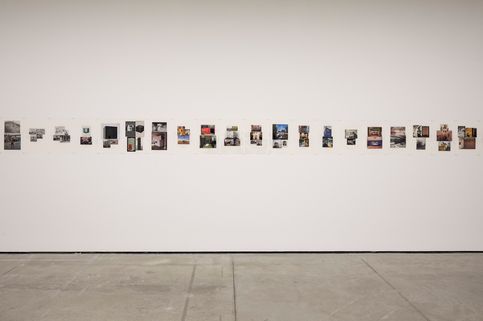Bodies-Cities
Collections and Excursions
Curators: Marijana Schneider, Curator, Museum der Moderne Salzburg; Jürgen Tabor, Curator, Generali Foundation Collection
Venue: Museum der Moderne Salzburg, Mönchsberg
Cities, especially major metropolises, are fascinating phenomena. They are constantly changing environments; places where social activity interweaves with architectural, political, and economic structures. The human body plays a central role within this intricate fabric. Present-day forms of protest in particular have highlighted the fact that, even though we live in an age of increasing digitization, physical presence in urban space has an enormous impact. But several other aspects—ranging from rhythms of urban life to social interaction—also reveal the close intertwining of body and city.
Bodies–Cities traced this connection between the body and the urban environment via various routes from the sociocritical art of the 1960s and 1970s up to the present. The exhibition was a joint project with the Generali Foundation and brought together key works and rarely shown art from the collections of the Generali Foundation and the Museum der Moderne Salzburg as well as a selection of international loans.
Bodies–Cities was organized into several interconnected themes. The exhibition began with explorations of urban spaces and ways of life that—analytically or subjectively—focus on the body as a medium. Bodies and architecture emerged as juxtaposed vehicles of ideology, identity, and history. But the exhibition also addressed the role of intimate spaces and isolated spheres of life within the urban fabric and considered the body as an instrument of subversion and resistance. Bodies–Cities thus brought to light the multifaceted, albeit not always obvious, connection between the seemingly contrasting entities body and city.
Artists: Anna Artaker / Meike S. Gleim, Alice Creischer / Andreas Siekmann, Lili Dujourie, VALIE EXPORT, Isa Genzken, Dan Graham, Ulrike Grossarth, Luis Jacob, Allan Kaprow, Renate Kowanz-Kocer, Friedl Kubelka, David Lamelas, Gordon Matta-Clark, László Moholy-Nagy, Inge Morath, Adrian Piper, Martha Rosler, Allan Sekula, Marinella Senatore, Richard Serra, Johanna Tinzl, Stephen Willats
